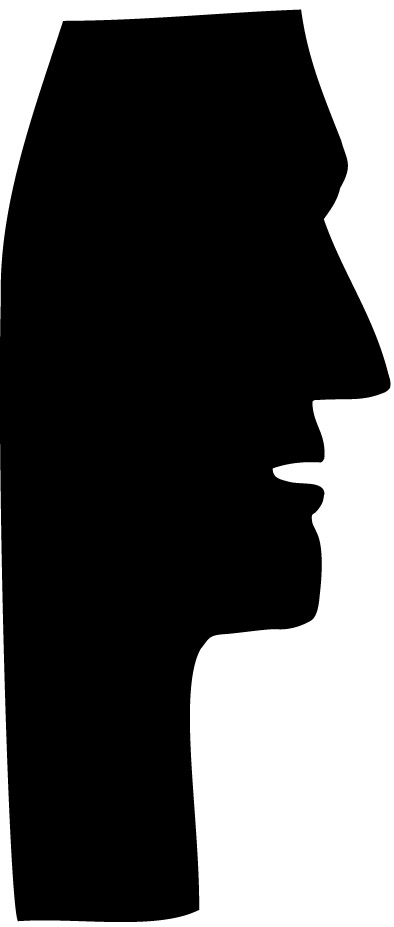Herménégilde Chiasson’s art: Speaking to angels for fifty years – Tom Smart
“they, too, without asking any questions, without knowing why, and without really wanting to know, will see the gates of paradise open, the multitude of angels kneeling as they pass by, the power of salvation filling their bodies and radiating with glorious light, the magnificent bright light in the lofty expanse of heaven,…”
from Herménégilde Chiasson, trans. Jo-Anne Elder, Beatitudes (Goose Lane Editions, 2007), p. 33.
 In a career that has spanned half a century of prodigious creative output, as has Herménégilde Chiasson’s, is it possible to find in his complex art a single cadence without speaking of angels?
In a career that has spanned half a century of prodigious creative output, as has Herménégilde Chiasson’s, is it possible to find in his complex art a single cadence without speaking of angels?
I doubt this is possible, particularly when confronting the vastness of Chiasson’s project – to give form to an artistic vision that embraces so many mediums. Singularity is simply not a part of his creative vocabulary, nor of his artistic process. A deep dive into this polymath’s artistic output can seem overwhelming because his intentions appear to come from an entirely different place that lies beyond the usual rubrics of creative expression.
Painting and poetry, theatre and performance art, printmaking and drawing, film-making, writing, directing – not to mention his socially engaged work involving founding and running art galleries, archives and cultural centres – all of these media, modes, and many more processes have been enlisted in a lifelong search to find and express grace in life and community, and to consecrate experience as holy.
Over five decades, Chiasson has produced some of the most elegant exempla of visual poetry. His accomplishments have received many citations and awards, among which can be counted the Governor General’s Award for poetry, the Prix France-Acadie, two New Brunswick Excellence Awards, the Chevalier de l’Ordre français des Arts et Lettres, and now the Strathbutler Award. These public recognitions might suggest an orderly path marked by accomplishments based on adopting and translating theory in a way that conforms to accepted norms. However, they belie a continual creative restlessness that questions expressive orthodoxy in any form.
Almost from the beginning as an inquisitive if precocious art student, Chiasson announced himself as someone whose creative interest would always extend well beyond any formalist pronouncements on the integrity of materials and methods. His eye was on systems-based conceptualism as means to question of existential reality. Through logic and sequence, Chiasson explored how to crack the surface of an idea and have its heart radiate meaning in startling ways, all the better to open new perceptual windows and reveal uncanny layers to what lies before the mind and imagination.
This approach is based on an incongruous belief that logic can lead you to entirely irrational places of creative possibilities merely by surrendering to the innate truths of a system, even an iconoclastic one. By probing the roots of logic, Chiasson proves himself to be a fearless, creative explorer. He never hesitated to peel back layers of reality’s palimpsests all the better to show that what we take as lived experience is in actuality a many-striated enigma.
Equipped with an anxious sensibility to question the nature of experience and existence, and dexterous expressive talents, Chiasson practises a form of incandescent magic. He understands the power of metaphor to transform the world and its visible objects. By wielding this power he exposes the vast potentialities of things, images and words to metamorphose or convert right before our eyes into something else.
In his hands an aerial view of a wintry landscape becomes the living embodiment of a Borduas abstract. A painted sequence of shapes and marks stands in for a musical score. A portrait mural of a woman in a field is an emblem of an Acadian generation and an expression of a relationship with a stern mother both at the same time. The sea is an emblem of love. The curve of the earth is the span of a human life. A sequence of letters is the route to infinity. And, blue is eternity.
An artist with an eye to history’s shape, Chiasson knows that the stories and myths of Antiquity constantly re-create themselves in the stuff and substance of daily life. Through his reading of humanity’s continual return to mythic structures embedded in a culture’s genetic codes, Chiasson continually reformulates the present so that the past – particularly the ancient past – is able to resonate in and through his art. Allegory and elegy are among the literary forms that he uses to gloss his imagery with allusions to earlier stories that echo through his art. As a creative strategy, chance and randomness also define a process that allows for unrestricted, automatic gestation of images to well up from his unconscious and be captured in his unique iconographies.
Above all, Chiasson’s is a metaphysical art. The cadence of his half century of abundant creation is an expression of a pilgrim’s odyssey in search of luminousness. This quest is charted in his prints, paintings and drawings of angels. Now numbering well into the hundreds, Chiasson’s portraits of angels are way stations of his creative life. Incarnated rather than delineated, they are mute witnesses testifying of a man’s search for redemption through art and his recognition that his fallen self can be saved by it. Chiasson proves that art can transubstantiate life – his own and his community’s – into a holy, angelic form.
Tom Smart
